Tingling in Sinuses: Numbness or Tingling and Post Nasal Drip – Causes and Relief
What causes tingling in the sinuses? Discover the reasons behind numbness or tingling and post nasal drip, plus effective ways to get relief.
Causes of Tingling in the Sinuses
There are several potential causes behind the tingling sensation in the sinuses, including:
Viral Infections
A tickling or tingling feeling in the nose may be an early sign of a viral infection like the common cold. As the virus infects the nasal passages, the body tries to flush it out through increased mucus production and sneezing, which can lead to a tickling sensation.
Allergies
Allergic reactions can trigger inflammation in the nasal passages, causing an irritating, tickling feeling. This is the body’s immune response to perceived foreign invaders like pollen, pet dander, or dust mites.
Environmental Irritants
Substances in the air like fragrances, smoke, and cleaning products can irritate the nasal passages and cause a tingling or tickling sensation, even without an allergic reaction.

Sinusitis
Chronic sinus inflammation, known as sinusitis, can last for 12 weeks or more and lead to a tickling nose along with other symptoms like difficulty breathing and facial pain.
Nasal Polyps
These small, noncancerous growths in the nasal passages can become irritated and cause a tickling sensation, as well as breathing problems and loss of smell.
Migraines
Migraines don’t just cause headaches – they can also lead to facial numbness, tingling, and other symptoms that may precede the onset of a migraine attack.
CPAP Machines
Using a continuous positive airway pressure (CPAP) machine for sleep apnea can sometimes cause nasal irritation and a tickling sensation, especially for new users.
Dry Nose
Dry nasal passages, often caused by excessive nose blowing or certain medications, can lead to an uncomfortable tickling or irritation in the nose.
Relieving Tingling in the Sinuses
To find relief from a tickling or tingling sensation in the sinuses, it’s important to address the underlying cause. Some potential remedies include:

Treating Infections or Allergies
Over-the-counter medications like decongestants, antihistamines, or nasal corticosteroids can help reduce inflammation and alleviate symptoms of viral infections or allergies.
Avoiding Irritants
Identifying and limiting exposure to environmental triggers like fragrances, smoke, or harsh chemicals can help prevent nasal irritation.
Addressing Sinus Issues
For chronic sinus problems or nasal polyps, prescription nasal sprays, antibiotics, or even surgery may be necessary to provide long-term relief.
Humidifying the Air
Using a humidifier can add moisture to dry nasal passages and help soothe irritation and tickling sensations.
Adjusting CPAP Use
For those using CPAP machines, adjusting the humidity settings or trying different mask options may help reduce nasal discomfort.
When to See a Doctor
If the tingling sensation in your sinuses persists for more than a few days or is accompanied by other concerning symptoms like severe pain, difficulty breathing, or persistent post-nasal drip, it’s a good idea to consult a healthcare provider. They can help determine the underlying cause and recommend the most appropriate treatment.

Preventing Tingling in the Sinuses
While some causes of sinus tingling are unavoidable, there are steps you can take to reduce your risk:
Maintaining Nasal Moisture
Using a humidifier, applying saline nasal sprays, and avoiding excessive nose blowing can help keep your nasal passages from drying out.
Limiting Irritant Exposure
Identifying and minimizing exposure to environmental triggers like strong scents, smoke, and harsh chemicals can prevent nasal irritation.
Managing Allergies and Infections
Promptly treating allergy symptoms and viral infections with appropriate medications can help stop them from leading to chronic sinus issues.
Key Takeaways
Tingling or tickling sensations in the sinuses can have a variety of underlying causes, from viral infections and allergies to sinus problems and migraines. Addressing the root issue through treatments like medications, humidifiers, or avoiding irritants can provide relief. Consulting a healthcare provider is recommended if the symptoms persist or worsen.

How to Get Rid of It and Causes
We include products we think are useful for our readers. If you buy through links on this page, we may earn a small commission Here’s our process.
Healthline only shows you brands and products that we stand behind.
Our team thoroughly researches and evaluates the recommendations we make on our site. To establish that the product manufacturers addressed safety and efficacy standards, we:
- Evaluate ingredients and composition: Do they have the potential to cause harm?
- Fact-check all health claims: Do they align with the current body of scientific evidence?
- Assess the brand: Does it operate with integrity and adhere to industry best practices?
We do the research so you can find trusted products for your health and wellness.
Read more about our vetting process.
Was this helpful?
You may be able to relieve a nose tickle by treating the underlying cause, such as allergies, illness, dryness, or growths in the nose. Avoiding triggers and adding moisture with a humidifier may help.
Avoiding triggers and adding moisture with a humidifier may help.
A tickle in the nose can be very annoying. Typically, that tickling feeling in your nose only lasts for a few seconds, and then you sneeze. Sometimes, though, sneezing doesn’t relieve the problem. If you have a tickle in your nose that isn’t going away, there could be several possible causes, including viruses, allergies, and nasal polyps.
Viruses
The tickle in your nose may be caused by a virus like the common cold. Although colds are most common in the winter and spring, you can get them any time of year. In fact, most adults get two or three colds every year, and children have even more.
Your nose tickle may be your body’s way of telling you that you’re about to get a cold. When the germs that cause colds first infect your nose and sinuses, your nose tries to flush them out with mucus. Sneezing is another way that your body expels germs, which may explain the nose tickle. If you’re having trouble getting out that sneeze, these tips may help.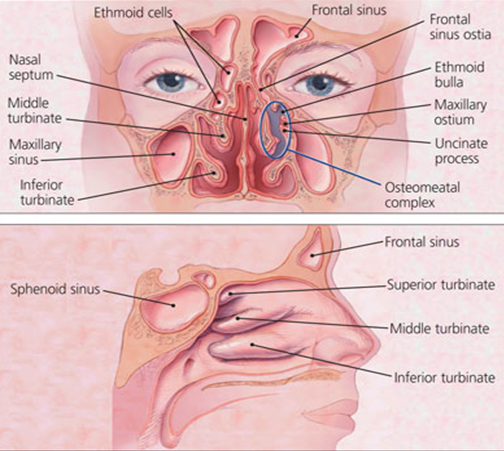
Allergies
Allergies occur when your body has an immune response to something in your environment. When you’re allergic to something, your body mistakes it for a foreign invader, like a flu virus. This can cause cold-like symptoms. Many people have allergies to both indoor and outdoor substances, such as pet dander, pollen, and dust mites.
Allergies can be seasonal or last all year long. They can cause an irritating inflammation in your nose that may give you a tickly, itchy feeling.
Environmental irritants
There are things in the air that can be very irritating to the nasal passages (the spaces in your nose that fill with air). People who are bothered by irritants have what doctors call nonallergic rhinitis. The symptoms are similar to seasonal allergies, but your body doesn’t have an immune reaction. You may experience runny nose or other nasal irritation. Common irritants include fragrances, smoke, and cleaning products.
Sinusitis
Sinusitis can be either acute (lasting a short time) or chronic (lasting a long time). If you’ve felt a tickling sensation in your nose for more than a few weeks along with other symptoms, you could have chronic sinusitis.
If you’ve felt a tickling sensation in your nose for more than a few weeks along with other symptoms, you could have chronic sinusitis.
Chronic sinusitis is a common condition that occurs when the passages become inflamed and swollen. It lasts at least 12 weeks and includes some of the following symptoms:
- difficulty breathing through your nose
- fatigue
- pain and tenderness around your eyes
Nasal polyps
Nasal polyps often occur in people with chronic sinusitis. They’re small, soft, noncancerous growths that hang down from the lining of your nasal passages. They can also be caused by asthma, allergies, drug sensitivity, or some immune disorders. Larger growths may be irritating and lead to breathing problems and a lost sense of smell.
Migraine
Many people don’t know that headache is not the only symptom of migraines. Migraine attacks can include a variety of different symptoms, such as:
- facial numbness and tingling
- aura (flashes of light)
- nausea
- vomiting
- blurry vision
It’s possible to experience a migraine attack with no head pain at all. Migraines also come in stages, so a tingling nose could indicate that a migraine attack is on its way.
Migraines also come in stages, so a tingling nose could indicate that a migraine attack is on its way.
CPAP machine
If you use a continuous positive airway pressure (CPAP) machine for sleep apnea, it could be causing your nose to itch. Nose itchiness is one of the most common complaints of new CPAP users. People say it feels like spiders or feathers in the nose.
If the itchiness is preventing you from wearing your mask, talk to your doctor. You can also try increasing the humidity or using mask liners.
Dry nose
When your nasal passages get dried out it can be uncomfortable, irritating, and painful. Dry nose is often caused by blowing your nose too much. Some medications for allergies and colds can also dry out your nose. Dry nose is common during the winter when the heat is turned on. There are several home treatments for dry nose.
Nasal tumors
Nasal and paranasal tumors are growths that form in and around your nasal passages. These tumors can be either cancerous (malignant) or noncancerous (benign). Cancer of the nasal passages is rare and often has no symptoms. Possible symptoms include loss of smell, congestion, sores inside the nose, and frequent sinus infections.
Cancer of the nasal passages is rare and often has no symptoms. Possible symptoms include loss of smell, congestion, sores inside the nose, and frequent sinus infections.
There are many possible causes for a tickling sensation in your nose. Most can be resolved with home remedies and the passage of time. A tickle in the nose is rarely a sign of a serious problem, but you should talk to your doctor if your symptoms don’t improve.
Can Sinusitis Cause Facial Numbness?
You know the stuffy feeling when sinus pressure in your face is so intense that you can’t think straight. It could be a sinus infection. But what if you’re unable to feel anything? Can sinusitis cause facial numbness?
Sinusitis is associated with signs and symptoms, including a runny nose, facial pain or pressure, and a change in the sense of taste or smell. Facial numbness is another less common symptom. However, facial numbness could be a sign of other more serious conditions. So it is best to discuss facial numbness with a doctor.
How do you know what is causing facial numbness? And when should you schedule an online doctor appointment? Here is what you need to know when it comes to talking to a doctor about sinusitis.
Can Sinusitis Cause Facial Numbness?
Sinusitis is one of the most common health complaints leading to doctor visits. Sinusitis is an irritation or infection in the sinuses. Sinuses are hollow passageways behind the cheekbones and around the eyes. Healthy sinuses are filled with air. They produce mucus to keep nasal passages moist.
Sometimes sinus passageways become blocked. Bacteria, viruses, and allergic responses cause swelling or inflammation in the passages. These are frequent causes of sinusitis.
Individuals with sinusitis may have different symptoms. Sinus problems can be chronic, meaning they last over a longer time, or acute, meaning sudden onset with short duration.
Some commonly reported signs of acute sinusitis lasting less than four weeks are:
- Facial pain or pressure
- Loss of taste
- Nausea, dizziness, or tinnitus
- Dental pain
- Bad breath
Signs that are frequently seen with chronic sinusitis that last 12 weeks or more include:
- Nasal pain
- Pus in the nasal cavity or discolored nasal drainage
- Fever
Sinusitis, whether recently starting or bothering you for a while, can be diagnosed by a history and examination with a doctor.
Speak to a virtual doctor today!
Book Appointment Now
Call For An Appointment
What Causes Facial Numbness?
You should never ignore facial numbness. It is important to report new or worsening feelings of tingling or no sensation at all to your doctor for evaluation.
Altered sensation in the face could be complications such as:
- Neuropathy
- Tumor growth
- Circulatory abnormalities
A doctor can evaluate possible reasons for the symptoms and help develop a plan for diagnosis and treatment.
Can An Online Doctor Treat Sinusitis?
Yes! An online doctor consultation may be a great option. Feelings of facial tingling or numbness can be urgent. But sometimes it is difficult or costly to see a doctor right away. Booking a virtual physician appointment is a way to get fast and convenient care.
A recent article published by the Open Forum Infectious Diseases found virtual care for sinusitis was associated with better diagnosis and treatment than in-person primary care visits.
Virtual physicians may be able to diagnose and treat this condition without making a trip. Sinusitis symptoms can make driving difficult. An online doctor appointment can feel like a house call. You get personalized care in the privacy of your home without the inconvenience of traffic, waiting rooms, and commute time.
Signs and symptoms can be bothersome. Yet, left untreated, it can progress into worse problems. Book an appointment with a virtual physician online today.
Connect with Our Board-Certified Physicians
My Virtual Physician offers board-certified physicians who are now accepting new patients in many states. Click “BOOK APPOINTMENT NOW” to book an appointment with convenient evening and weekend hours. Or let us know if you have questions about your symptoms. We are standing by to help.
Image source: Pexels
Book Appointment Now
Call For An Appointment
References
Johnson, K., Dumkow, L., Burns, K., Yee, M.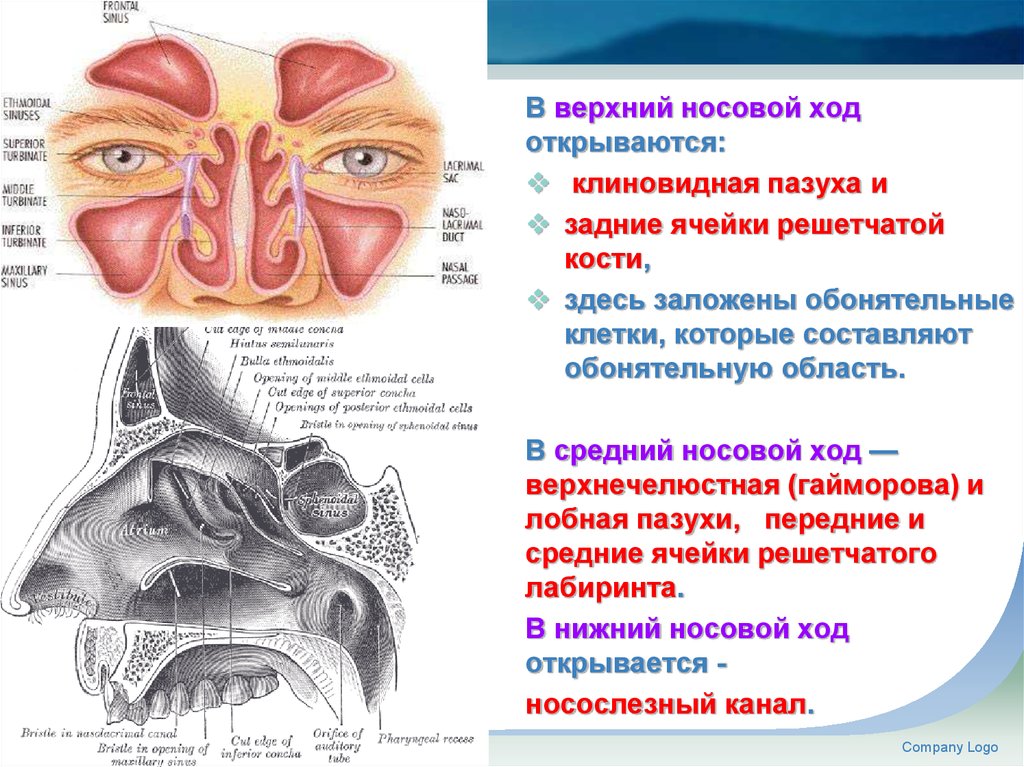 , & Egwuatu, N. Comparison of Diagnosis and Prescribing Practices Between Virtual Visits and Office Visits for Adults Diagnosed With Sinusitis Within a Primary Care Network, Open Forum Infectious Diseases, 6 (9), 2019. https://doi.org/10.1093/ofid/ofz393
, & Egwuatu, N. Comparison of Diagnosis and Prescribing Practices Between Virtual Visits and Office Visits for Adults Diagnosed With Sinusitis Within a Primary Care Network, Open Forum Infectious Diseases, 6 (9), 2019. https://doi.org/10.1093/ofid/ofz393
Wyler, B., Mallon, W. Sinusitis Update. Emergency Medicine Clinics of North America, 37, (1), 2019. https://doi.org/10.1016/j.emc.2018.09.007
Ziegler, A., Patadia, M. & Stankiewicz, J. Neurological Complications of Acute and Chronic Sinusitis. Curr Neurol Neurosci Rep 18, (5), 2018. https://doi.org/10.1007/s11910-018-0816-8
Sinusitis symptoms in adults and children
For an uninitiated layman, the word “sinusitis” sounds like a concept from school geometry. Alas, this term has nothing to do with the exact sciences. Translated from Latin, sinus means “sinus”, and it means “inflammation”. Put them together and get a reliable definition of the disease.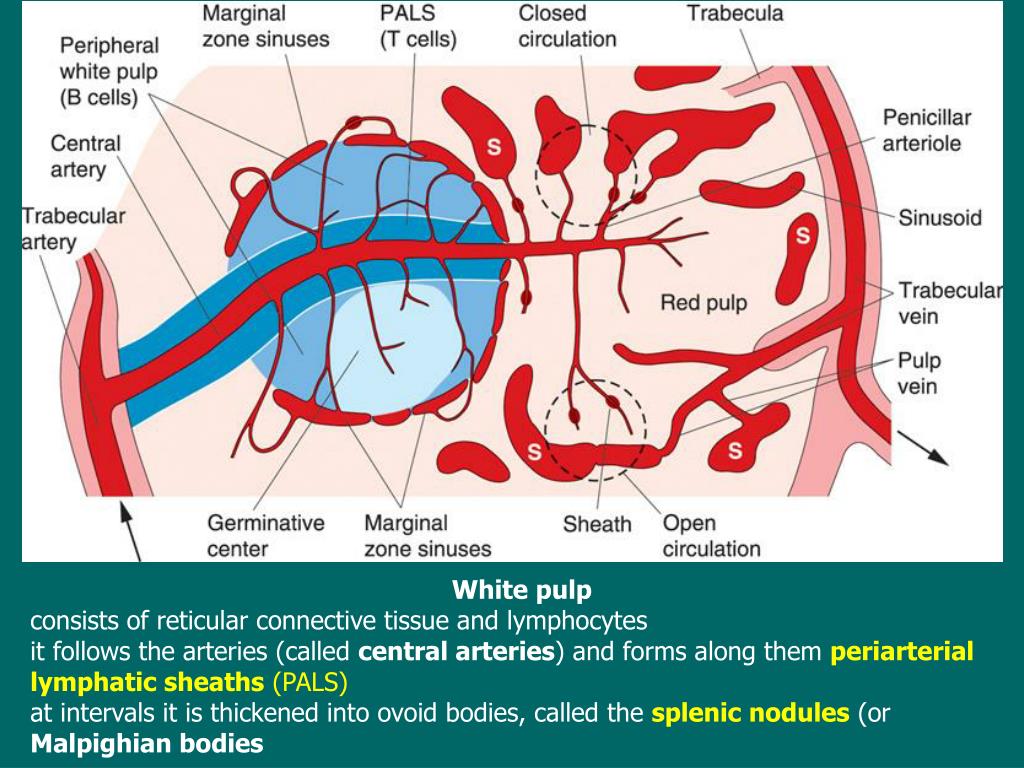 It remains only to figure out what the sinuses are and why they become inflamed.
It remains only to figure out what the sinuses are and why they become inflamed.
In our skull there are cavities lined with a mucous membrane, the task of which is to moisten and warm the inhaled air. They are called paranasal sinuses. In total, there are 4 pairs of such sinuses:
- maxillary,
- frontal,
- lattice,
- wedge-shaped.
Depending on where exactly the inflammatory process occurred, the same number of forms of sinusitis are distinguished:
- sinusitis,
- frontit,
- ethmoiditis,
- sphenoiditis.
The first two varieties are confidently leading in terms of frequency of occurrence.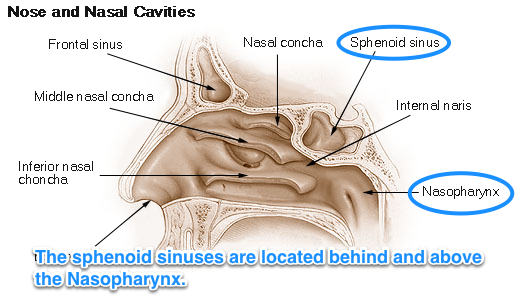
Who is to blame?
A runny nose most often becomes a provocateur of an illness – a cold or an allergic one. Due to swelling of the mucous membranes, the openings through which the sinuses communicate with the nasal cavity are clogged. As a result, air ceases to circulate in a closed space and bacteria begin to actively multiply. It is their growing colonies that trigger the inflammatory response.
However, in addition to the common cold, there are other causes of sinusitis:
- It happens that the disease starts after a facial injury: some blood enters the sinuses, becoming a breeding ground for the same bacteria.
- Another not uncommon variant is diving in the pool, in which dirty water is poured into the nose.
- Untreated cavities can lead to so-called “dental” sinusitis.
 If diseased teeth are located along the edges of the upper jaw, then the inflammatory elements easily move into the bone cavities.
If diseased teeth are located along the edges of the upper jaw, then the inflammatory elements easily move into the bone cavities. - Sometimes the process develops after the colonization of the mucous membranes with fungal spores. This happens if a person is forced to stay in damp rooms for a long time.
- The appearance of sinusitis in adults and children is also facilitated by various anatomical defects (a deviated nasal septum, narrow nasal passages).
- In diseases such as measles, tonsillitis and scarlet fever, microbial agents can enter the sinuses through the bloodstream.
Self-diagnostician
The symptoms of sinusitis are so specific that you can recognize them yourself. Should alert:
- dull pain in the affected sinuses (cheeks, forehead, nose),
- yellow-green nasal discharge,
- general malaise,
- headache that gets worse in the evening,
- temperature increase.

As the disease progresses, the sense of taste and smell are lost.
The course of the disease can be acute or chronic. Acute sinusitis lasts 3-4 weeks. Chronic are delayed for several months.
Given the close proximity of the paranasal sinuses to the organs of vision and brain structures, starting the process can lead to serious complications:
- meningitis,
- inflammation of the eye sockets,
- abscess (purulent inflammation) of the brain.
It is therefore important to start treatment as soon as the first symptoms of sinusitis appear.
Alternative treatment of sinusitis: pros and cons
Traditionally, patients use instillations with herbal decoctions, various thermal and inhalation procedures to fight the disease.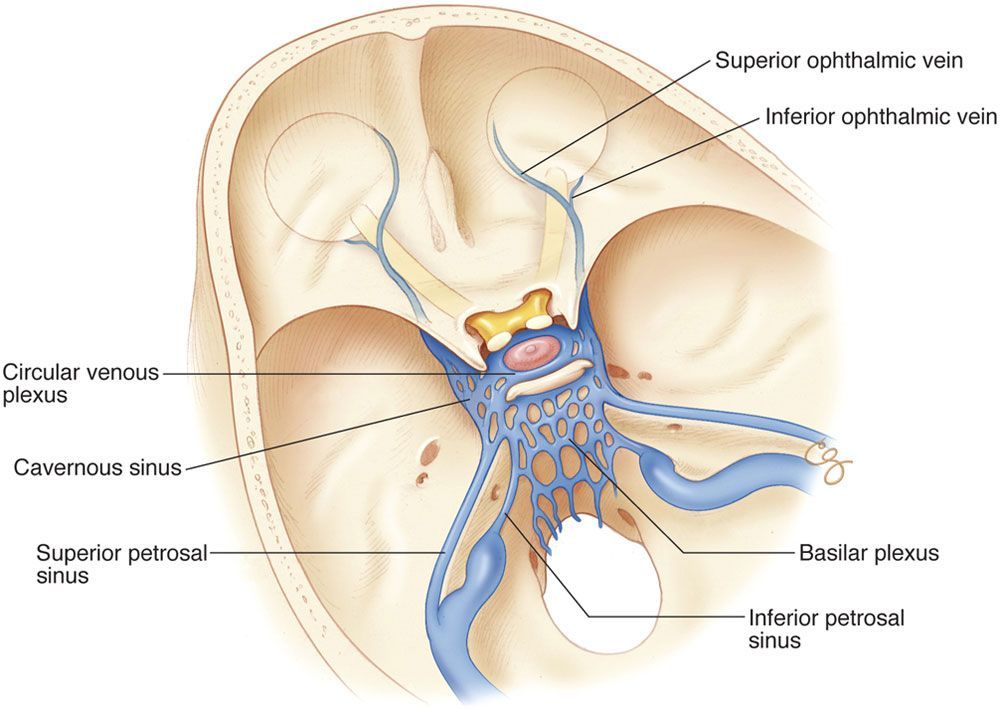 However, such treatment does not eliminate the problem, but only allows you to forget about it for a while. The disease subsides, then returns with renewed vigor and eventually turns into chronic sinusitis.
However, such treatment does not eliminate the problem, but only allows you to forget about it for a while. The disease subsides, then returns with renewed vigor and eventually turns into chronic sinusitis.
Otolaryngologists are not against traditional medicine, but only if it is used after consultation with the attending physician and in conjunction with the therapy prescribed by him. “Grandmother’s recipes” will help alleviate the condition, and the drugs selected by the specialist will affect the cause of inflammation.
To improve mucus discharge, patients may be recommended:
- Inhalations with soda and herbal decoctions (eucalyptus, calendula, sage).
- Rinsing the nose with saline-alkaline solution (prepared at the rate of half a teaspoon of salt and soda per glass of boiled water).
But in no case should you warm your nose with hot eggs or bags of salt – such manipulations will only increase the swelling of the mucous membranes.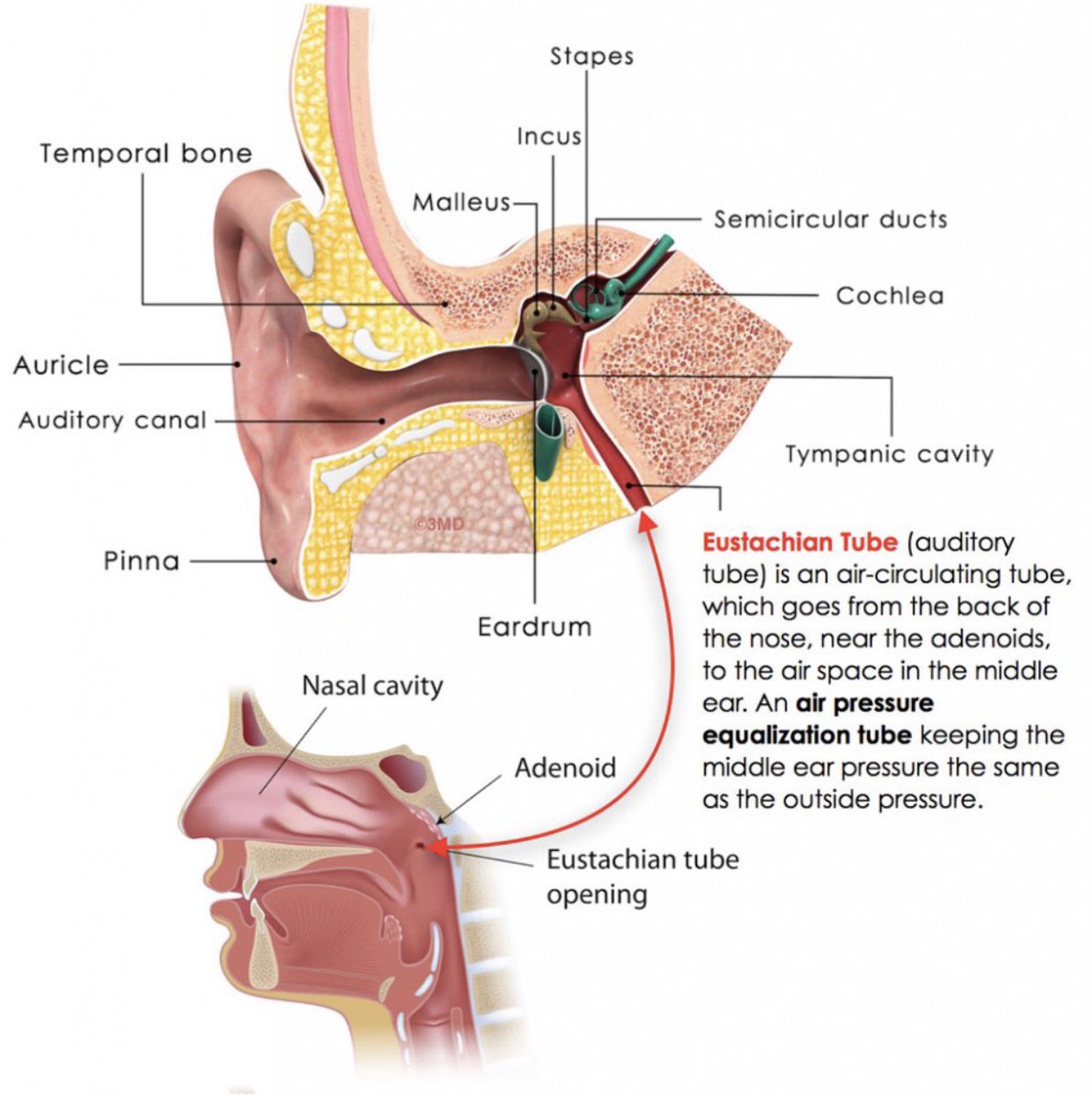
Particular attention should be paid to the competent treatment of sinusitis in a child. Due to the specific anatomy of the sinuses, children are more susceptible to relapses and complications of the disease.
How to protect the nose from sinusitis?
See also
Treatment of ENT diseases
Inferior turbinate vasotomy (MC reduction)
Treatment of chronic sinusitis
Allergic rhinitis treatment
Avoiding sinusitis will be possible by following simple preventive measures:
- Treat SARS and allergic diseases from the first days.
- Wash your hands frequently to reduce the risk of contracting viral infections.
- If you are prone to frequent colds, take care of strengthening the immune system. Start tempering, devote more time to sports and walks in the fresh air.

- Visit your dentist regularly.
- Avoid pools with heavily chlorinated water. Chlorine irritates the mucous membranes of the nose.
You can undergo a complete diagnosis of the disease and get comprehensive recommendations on its treatment by making an appointment with the specialists of our clinic.
Mycetoma of the maxillary sinus – treatment, the price of surgery to remove
Mycetoma of the maxillary sinus is a fungal neoplasm of a spherical shape. At the initial stages, it does not manifest itself in any way, but when it grows, it fills the entire sinus cavity, worsening the quality of life. Treatment is surgical only. Our Center hosts experienced maxillofacial surgeons with ENT training . The operation is performed according to a minimally invasive ultrasound protocol, in a state of medical sleep – atraumatically, without pain and emotional stress.
Causes of occurrence
The causative agent of mycetoma in the maxillary sinus is a fungal mycelium of the genus Aspergillus . A person constantly inhales fungal spores that are in the surrounding air, but during the normal functioning of the immune system, they are not terrible for the body. When immunity is weakened, the mycelium is able to germinate in the maxillary sinuses. Neoplasm of a non-invasive nature – grows in the cavity of the maxillary sinus, but does not penetrate into its mucous membrane.
The main causes contributing to the development of the fungal body:
A separate cause can be distinguished poor-quality dental treatment , as a result of which foreign bodies get into the sinus – filling material, fragments of instruments. This is possible with an anatomically close location of the upper chewing teeth to the nasal sinus, and in some people the roots are completely in the sinus, separated only by the mucous membrane.
Without preliminary diagnosis, without taking into account the localization of the roots, the dentist may not calculate the effort, pierce the tip of the root with an instrument and push the filling material into the sinus. Zinc salts in the composition of the material play the role of a catalyst, trigger the formation of mycetoma, especially under the influence of general factors that weaken the protective functions of the body. To accelerate the growth of a fungal colony, a fragment of an instrument in the canal, brought out beyond the top of the root into the lumen of the sinus, can accelerate. This happens when treated by an inexperienced doctor without prior diagnosis.
Computer diagnostics before treatment of the posterior teeth of the upper jaw is a must. 3D images allow you to assess the location of the roots and plan a safe treatment strategy. In our Center, CT is performed on a high-precision Sirona CT scanner with ENT mode settings, which allow assessing the condition of the sinus, the localization of the tooth roots in relation to it.
Symptoms
A person does not suspect the growth of the fungal body for weeks, months, and sometimes even years, it all depends on the body’s immunity. In the initial stages, the disease is asymptomatic , often discovered incidentally during an examination prescribed for other purposes.
Gradually, the fungal ball increases in size, unpleasant symptoms appear:
Feeling full. The mucous membrane of the nasal cavity may turn blue. Mycetoma is also characterized by curdled discharge.
When a neoplasm grows, it causes inflammation and symptoms similar to sinusitis, so the term “fungal sinusitis” can be found.
Mycetoma in the maxillary sinus on a CT scan
Why is the mycetoma of the maxillary sinus dangerous
If the mycetoma is not removed, it gradually increases in size, filling the sinus completely. Even a small amount of filling material can provoke a fungal infection conglomerate with a diameter of 3-5 centimeters. If a foreign formation is left unattended, the quality of a person’s life deteriorates significantly, sometimes leading to serious consequences :
If a foreign formation is left unattended, the quality of a person’s life deteriorates significantly, sometimes leading to serious consequences :
Why it is worth entrusting treatment to the ENT department of dentistry
Patients who are tired of endless treatment by ENT doctors of city medical institutions often come to us. Unfortunately, in organizations of state funding, one can wait for months for one’s turn for computed tomography to clarify the diagnosis. Without identifying the cause, the ENT doctor at the polyclinic prescribes a standard treatment protocol that does not bring results. Or narrow specialization simply does not allow the otolaryngologist to solve the problem of a dental nature. As a result, a person unsuccessfully walks in a vicious circle from one doctor to another.
Treatment of maxillary sinus complications of odontogenic (or “tooth”) origin should be handled by a specialist who is equally versed in dentistry and otolaryngology .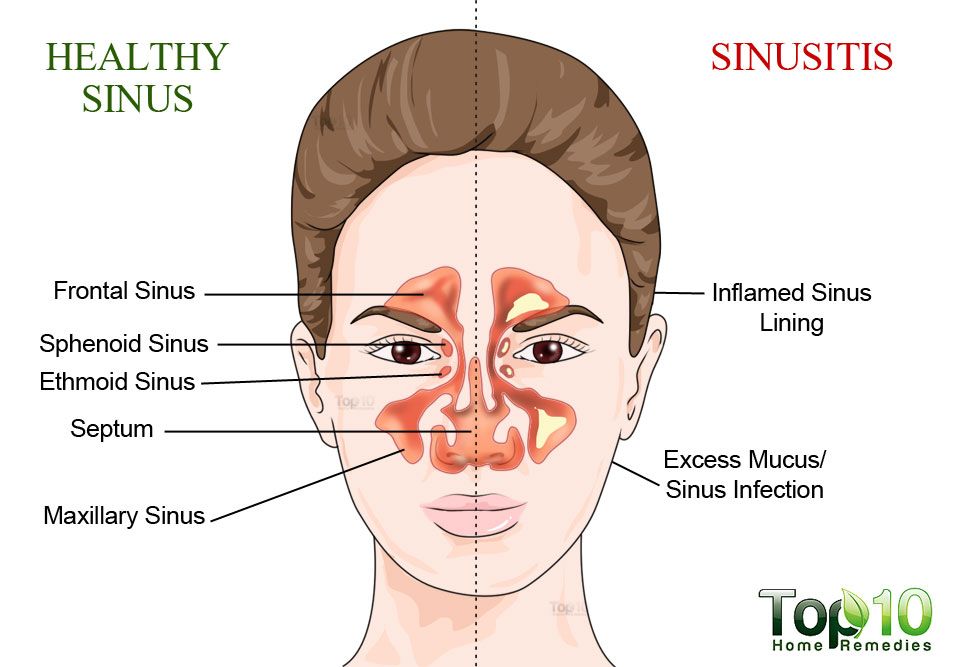 ENT dentistry combines these two medical areas to solve the problem in a complex.
ENT dentistry combines these two medical areas to solve the problem in a complex.
Our Center has been specializing in helping patients with combined dental and ENT pathology for many years. Treatment programs are carried out by maxillofacial surgeons with ENT training , candidates of medical sciences. These are thinking doctors with clinical experience of 5 years, perfected manual skills and in-depth knowledge of the anatomy of the maxillofacial region.
CT diagnostics
An accurate diagnosis can only be made with computed tomography . There is no other informative way – OPTG, MRI will not give a complete picture. Modern computed tomography in ENT mode allows you to get the most complete picture of the neoplasm – to establish the size, determine the location and nature.
Experienced oral and maxillofacial surgeons determine the disease by characteristic signs on the x-ray. Having data on the nature, size and localization of the mycetoma, the surgeon chooses the optimal method of the surgical protocol.
3D tomogram gives a clear idea of the location of the mycetoma, the degree of development of the fungal infection.
How we treat, types of surgery
The only effective treatment for mycetoma is surgery to remove the fungal body
The operation involves the extraction of education from the maxillary sinus. In our Center, it is carried out in a sterile operating room of the ENT department. To access the maxillary sinus, one of the protocols is used:
| Intranasal protocol | Microsurgical protocol | Micro maxillary sinusectomy | Radical maxillary sinusectomy |
|---|---|---|---|
Access Through the nasal passage with the expansion of the natural anastomosis, using the endoscope | Access Alveolar (“CHLH-access”), i. through the hole of the extracted tooth, no later than 9 days from the date of removal | Access “ENT access”, through a hole 3-4 mm in the anterior wall of the maxillary sinus in the oral cavity | Access Lateral, in the anterior wall under the upper lip in the area of the 6th tooth, a window with a diameter of 10-15 mm is created |
Indications Simple cases: no neoplasm, localization of the foreign body allows, no contraindications | Indications Cases of moderate complexity: if the tooth is not saved, there are neoplasms, difficult localization | Indications Complex cases: removal of multiple or large neoplasms, difficult localization of foreign bodies | Indications Advanced cases: multiple neoplasms, complex localization of foreign bodies |
Injury minor | Injury low | Injury low | Injury high |
Operation duration 60 minutes | Operation duration up to 1. | Operation duration 1 to 3 hours | Operation duration 2 to 4 hours |
Cost low | Cost average | Cost average | Cost high |
The mycetoma is removed, inflammatory processes in the bone tissues are eliminated with an ultrasonic device, the roots that provoke or support inflammation are processed or removed. After the revision, the sinus cavity is washed with antiseptics and antifungal solutions. The operating hole is sutured.
Modern technology allows operations to be performed with minimal intervention.
We do not use outdated protocols punitive surgery
Drills, hammers and chisels are not used in our Center! All work with bone tissue, tooth roots is performed carefully using gentle ultrasound technology.
Levin Dmitry Valerievich
Chief Physician and Founder of Doctor Levin
In most cases, ENT doctors advise tooth extraction, since they do not have the possibility of retreatment. Our Center has a fundamentally different approach – at every opportunity we try to save the causative tooth, if it is suitable for functioning. The endodontist heals the canals from the side of the coronal part, and the maxillofacial surgeon processes the root apex with ultrasound from the side of the maxillary sinus during the surgical intervention.
Stages of treatment
Treatment in our Center is carried out in one visit, during which we strive to complete all procedures
- Preparation
Surgical intervention is permissible only in sterile conditions of the oral cavity, hygienic cleaning is mandatory. If it is decided to keep the provocateur tooth, the canals are retreated. - Operation
Surgical intervention is performed according to the selected sinus access protocol. The mycetoma is removed, the root of the tooth and surrounding bone tissues are treated with ultrasound. At the end, X-ray control is required.
The mycetoma is removed, the root of the tooth and surrounding bone tissues are treated with ultrasound. At the end, X-ray control is required. - Prosthetics
If a tooth has to be extracted, temporary prosthetic restorations are immediately made and installed to mask the work performed. Our patients always return home with their teeth.
For the emotional comfort of patients, surgeries are performed in drug-induced sleep, without pain and nervous overload. Our Center uses sedation instead of anesthesia – this is a more gentle technique that does not threaten with complications and does not require hospitalization.
Recovery after surgery
No hospitalization
No need to go to hospital to remove mycetoma . The operation is performed according to an atraumatic ultrasound protocol, which does not involve extensive trauma with the need to stay for several days under the supervision of a doctor. The use of sedatives does not have a narcotic effect on the body. Immediately after surgery, consciousness is fully restored without the consequences of general anesthesia, after 30-40 minutes you can return home.
The use of sedatives does not have a narcotic effect on the body. Immediately after surgery, consciousness is fully restored without the consequences of general anesthesia, after 30-40 minutes you can return home.
For patients with cardiac conditions who sometimes need a little more time, there is a day hospital to be under the supervision of an anesthetist.
A complex of procedures for accelerated rehabilitation
For quick rehabilitation, our Center offers an author’s method – it prevents the appearance of hematomas and edema, accelerates healing, preventing pain
Microcurrent Therapy
Physiotherapy treatment of low-frequency currents on tissues in the intervention area to improve metabolism. Improved cell nutrition triggers accelerated regeneration, relieves pain, spasms, and swelling.
Lymphatic drainage with preparations
Biomodulators with a complex of peptides and trace elements help restore tissues, tighten the contour of the face, relieve swelling, eliminate hematomas due to improved lymph and blood flow.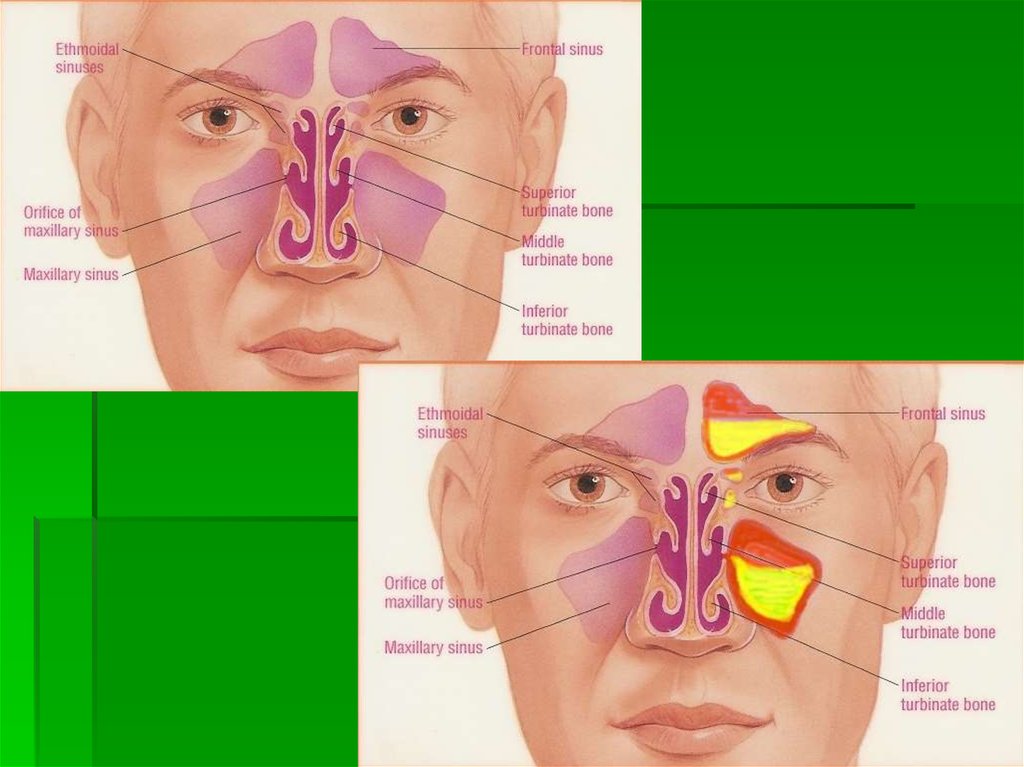
Plasma therapy PRP
Introduction of autoplasma enriched with platelets, which are responsible for tissue regeneration. Injections activate the reserve forces of the body, healing proceeds rapidly, without swelling and bruising.
Home care
The rehabilitation period lasts 3-7 days. During this time, it is necessary to strictly follow the recommendations of the surgeon. To avoid complications, do not skip the medication prescribed by the doctor, do not violate the rules of the rehabilitation period.
All medicines that are required for home treatment and care are given to our patients free of charge . A leaflet with recommendations is also included in the postoperative package.
During the recovery period, you will have to temporarily postpone training and hot baths, trips to the sauna and bath – the tissues need rest to heal. As prescribed by the doctor, bury the nose or rinse the nasal passages with antifungal drugs, take antibiotics.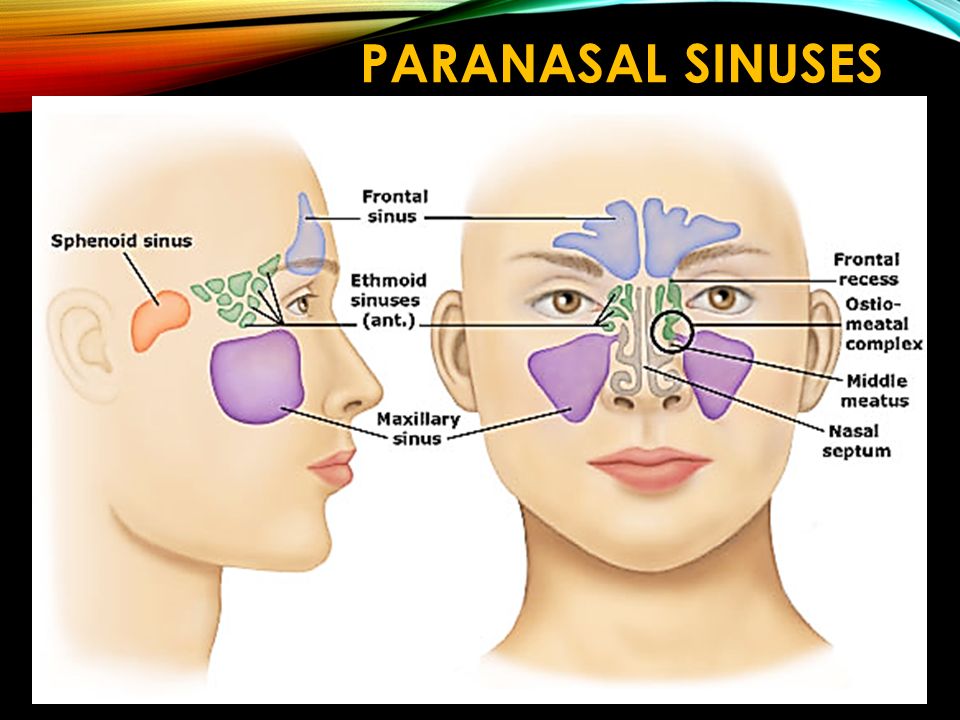
10 days after the surgical wound has healed and the sutures have been removed, we invite patients for a control x-ray. The doctor will give further recommendations, set the date for the next preventive examination – there will be several during the year.
Frequently Asked Questions
How long will I have to stay in the hospital after mycetoma removal?
Treatment in our Center does not require hospitalization. Atraumatic surgical techniques eliminate the risk of postoperative complications. Our Center does not use general anesthesia. Thanks to sedation, there is no need to expose the body to additional stress and trials that are fraught with a post-narcotic state. Instead of a complex turning off of consciousness, the patient is immersed in a sleepy state with ultrashort-acting hypnotic drugs. After sedation, a person quickly recovers, the exit is easy, without dizziness, clouding of consciousness and other troubles of general anesthesia. 30-40 minutes after drinking tea, you can return home.
Levin Dmitry Valerievich
Oral and maxillofacial surgeon, chief physician of the Center
Is it necessary to remove a tooth that provoked the growth of mycetoma?
The doctors of our Center adhere to a tooth-preserving policy. If the tooth can still serve, we will definitely save it – we will heal it, correct the root. If the treatment prognosis is unfavorable, it is better to remove such a tooth in order to avoid subsequent relapses in the sinus.
Levin Dmitry Valerievich
Oral and maxillofacial surgeon, chief physician of the Center
Can mycetoma be cured with antibiotics?
Levin Dmitry Valerievich
Author of the article.

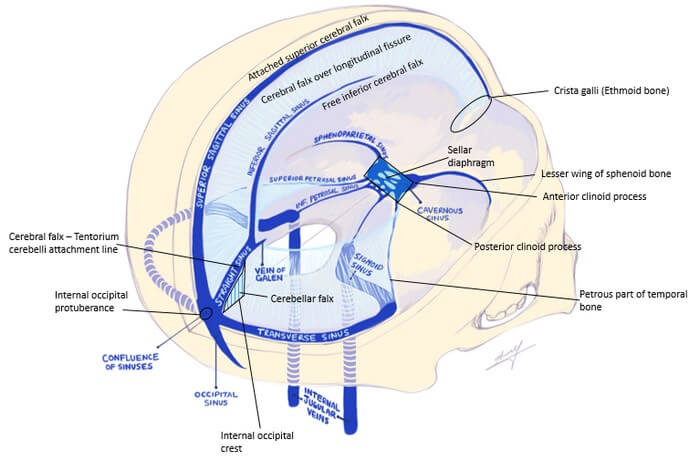 If diseased teeth are located along the edges of the upper jaw, then the inflammatory elements easily move into the bone cavities.
If diseased teeth are located along the edges of the upper jaw, then the inflammatory elements easily move into the bone cavities.

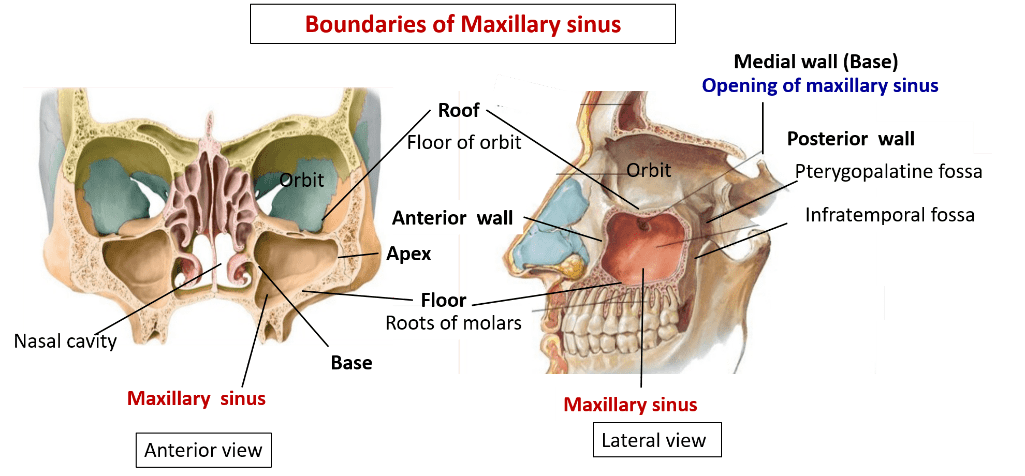
 5 hours
5 hours The mycetoma is removed, the root of the tooth and surrounding bone tissues are treated with ultrasound. At the end, X-ray control is required.
The mycetoma is removed, the root of the tooth and surrounding bone tissues are treated with ultrasound. At the end, X-ray control is required.